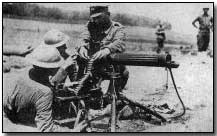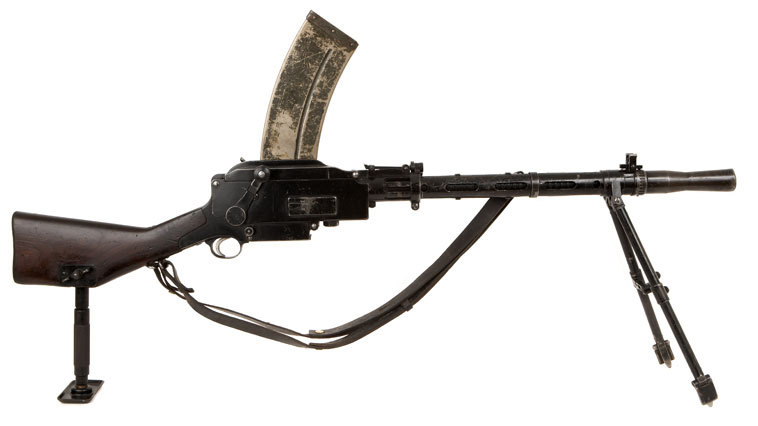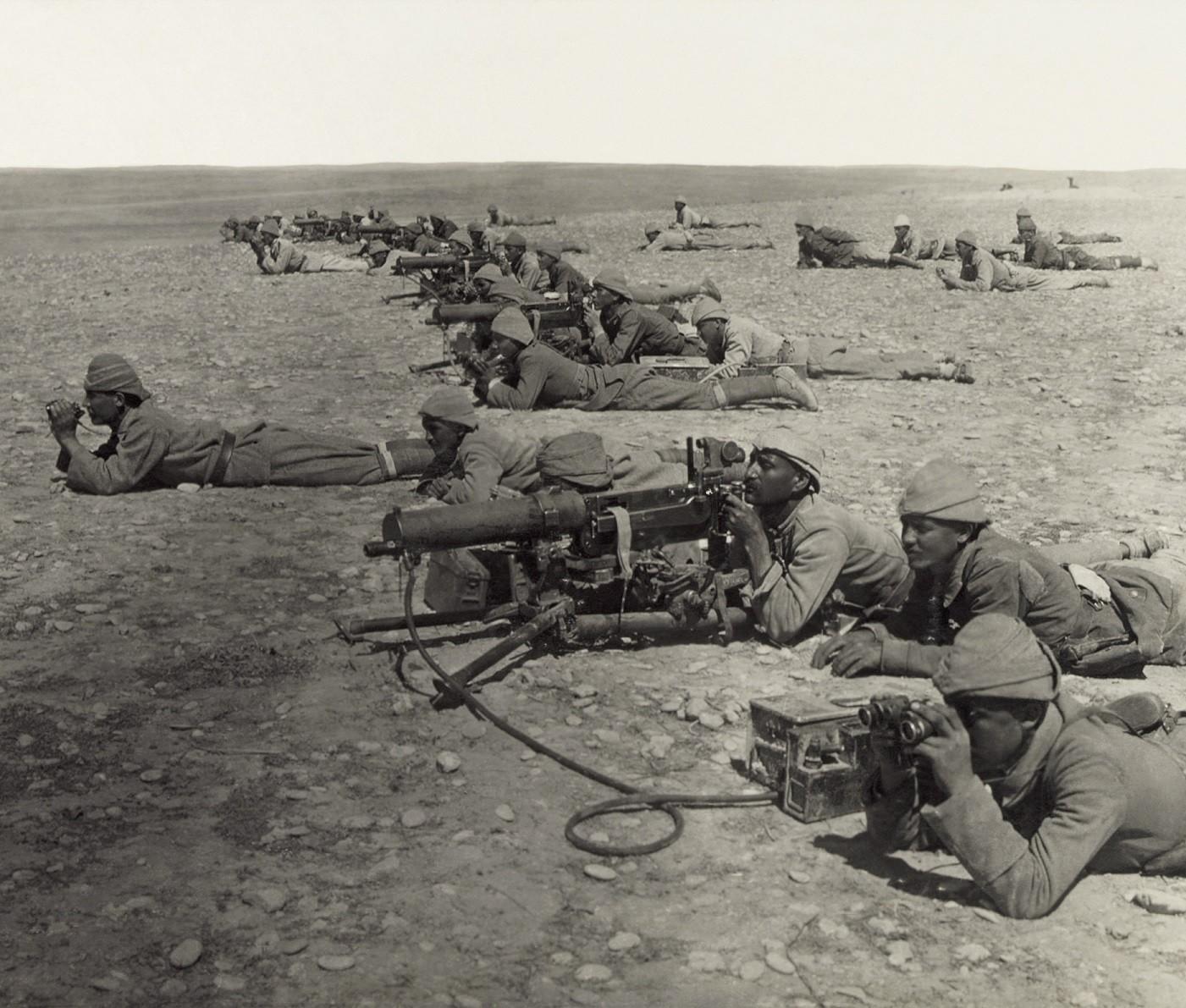Depending on the gunner and conditions, a barrel change might be needed as often as every 200 to 250 rounds. When the hot barrel was removed, it was reserved up until it was cool enough to use once again. Machine-gun groups would have as many as 6 spare barrels on hand.
Driving through a recently protected location in Belgium, the sharp-eyed Liniewski identified the deserted weapon in a field. Liniewski then did what any unsupervised GI would have carried out in that position; he stopped his truck and seized the opportunity to snag an excellent keepsake for the folks back home. As an assistance soldier, Liniewski was not familiar enough with weapons to disassemble his MG-42, so he held on to it for a while up until he found a camp where German detainees of war were being held.
The weapon stayed in the Liniewski household till 2016 when his kid Marty donated the weapon to the Museum. In spite of its propensity to overheat, the MG-42 was an exceptional weapon that was light-years of ahead of the United States equivalent, the Browning M-1919A4 device weapon. Germany produced roughly 400,000 MG-42s throughout the war, some of which are still in active service.

Taken together, all these weapons offered the Red Army a more useful range of assistance weapons, much better able to challenge the Germans for fire superiority on the battlefield. Completely illustrated, this research study describes the innovation and the tactics of these gatling gun. Kept in mind authority Chris Mc, Nab sets out how these maker weapons were distributed and tactically applied and offers various examples of the weapons in action, from attack teams on the streets of Stalingrad to tank teams having a hard time for survival at Kursk.
Fascination About Trench Guns Of World War I
Illustrated with high-quality photos and specifically commissioned art work, this is a deep analysis of these vital tools of warfare within the Soviet forces.
Taken together, all these weapons gave the Red Army a more useful series of assistance weapons, much better able to challenge the Germans for fire superiority on the battleground. Fully illustrated, this study discusses the technology and the techniques of these gatling gun. Kept in mind authority Chris Mc, Nab sets out how these machine weapons were distributed and tactically applied and provides numerous examples of the weapons in action, from assault teams on the streets of Stalingrad to tank teams struggling for survival at Kursk.
Illustrated with high-quality pictures and specially commissioned art work, this is a deep analysis of these essential tools of warfare within the Soviet forces.
The maker gun business, commanded by a captain, had an assigned strength of six commissioned officers and 172 gotten men, and brought 16 weapons, 4 of which were spares. Within the business there were 3 armies and a head office section. A very first lieutenant led the first squad, while second lieutenants led squads two and 3.
Little Known Questions About Russian Machine Guns Of World War I.


Within each section were two weapon teams, each with one weapon and 9 males, led by corporals. The weapon team had one combat cart, pulled by a mule, to transport its gun and ammunition as near the firing position as enemy fire enabled. From there the crews moved the guns and ammunition forward by hand.
It had just 2 business, identical to the other device gun companies in terms of personnel and weapons. Each weapon team utilized a special motor automobile to transfer its personnel, weapon and equipment.
In this function the weapons were positioned 300 to 1000 meters to the back of the front line. When they employed their guns because style, the gatling gun officers often ran into opposition from the rifle business leaders, who chose to have the guns farther forward, fearing that their infantrymen would be at risk of roaming low rounds as they advanced under the overhead gatling gun fire.
They soon found that the device guns were high priority targets for opponent fire, and that it was beneficial to have the guns at some range from the infantry positions. Considering that enemy machine weapons presented the best threat to the assaulting troops, the gatling gun crews made every effort to find the enemy weapons and to focus their fire upon them.
What Does Famous Guns Of Wwi: Rifles, Machine Guns, & Pistols Mean?
A percentage of the weapons was kept back as a reserve under command of the gatling gun officer. 6Machine weapon tactical teaching dictated that in the defense the Hotchkiss guns must just seldom be situated within 100 yards of the cutting edge which at least two-thirds of the guns need to be echeloned back through the whole defensive position, situated so that surrounding guns would be mutually supporting.

7 To discover other features on the visit our THE DOUGHBOY CENTER wants to constantly expand this function. Additions and talk about these pages might be directed to:.
I was impaled on this. My only worry was that he would press the trigger which would have made a hell of a mess. In the meantime, my sergeant who was near he saw me; can be found in close; shot the fellow and then hoisted me, with the aid of another guy, off the bayonet.
He was dead and it wasn't pleasant. A bayonet injury directly it enters it harms and the withdrawal is most likely further anguish than the 'putting in' due to the fact that the 'putting in' is instant. Another kind of weapon was the trench club. These could be employed on trench raids and in close quarter battling.